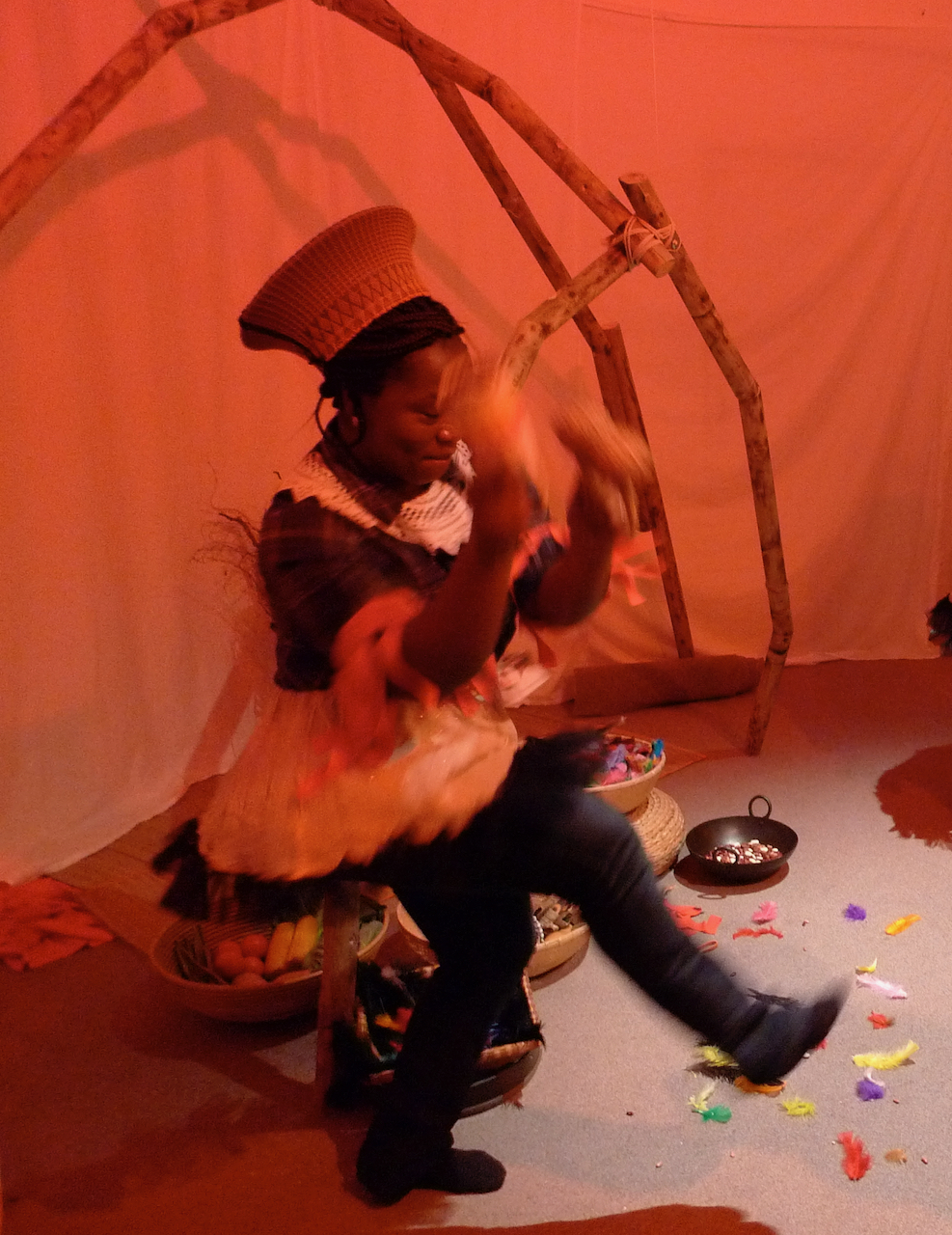Feasting
Feasting, celebrating, partying and dining out
can take place in a variety of contexts/venues, each of which will determine the
setting, the lighting, the kind of utensils and props employed and the food and
drink consumed. It will also influence the ambience you wish to create and the
music that supports it, as well as the instruments used. For example a Sushi
Bar would not look or feel the same as a Medieval Castle or a Parisian cafe or Panamanian Bar.
These differences give opportunities to offer a variety of experiences possibly
never enjoyed by clients before.
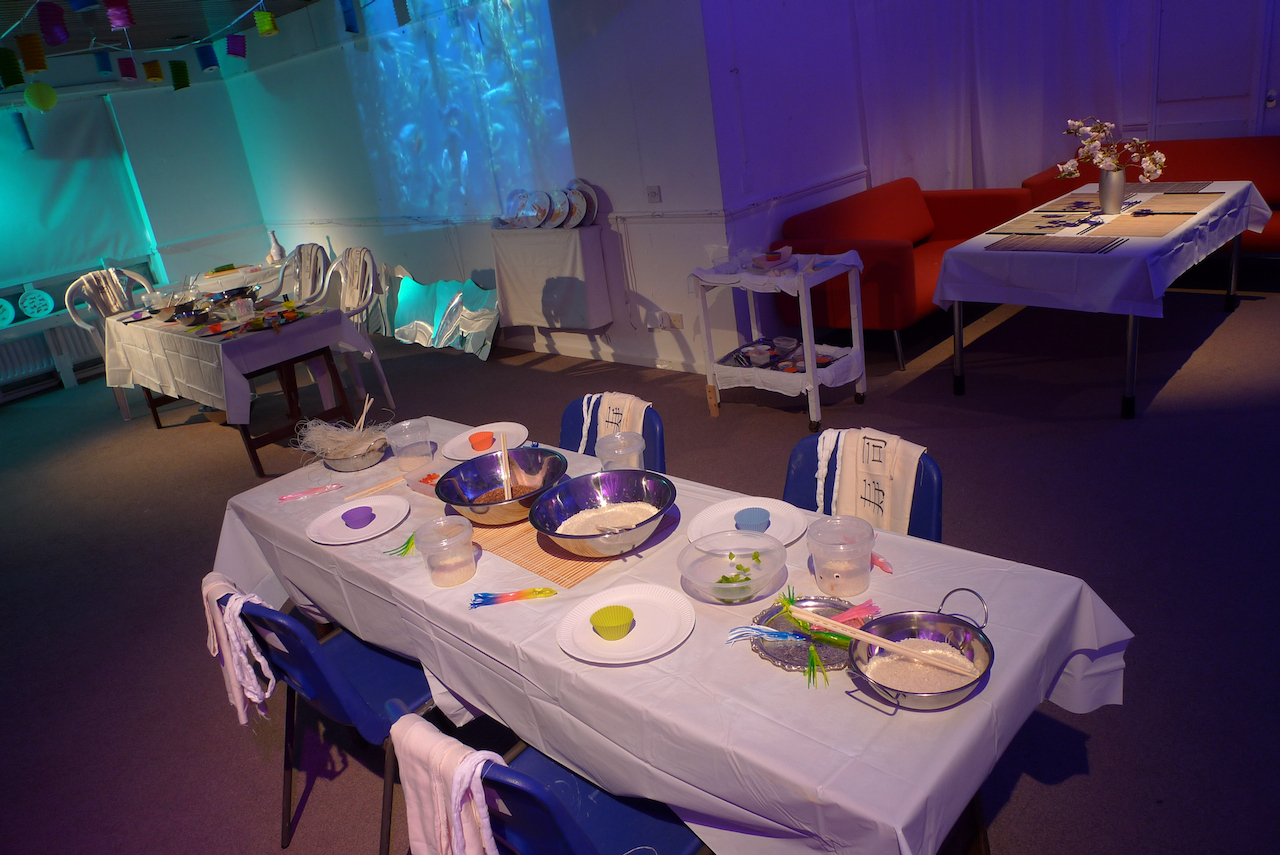
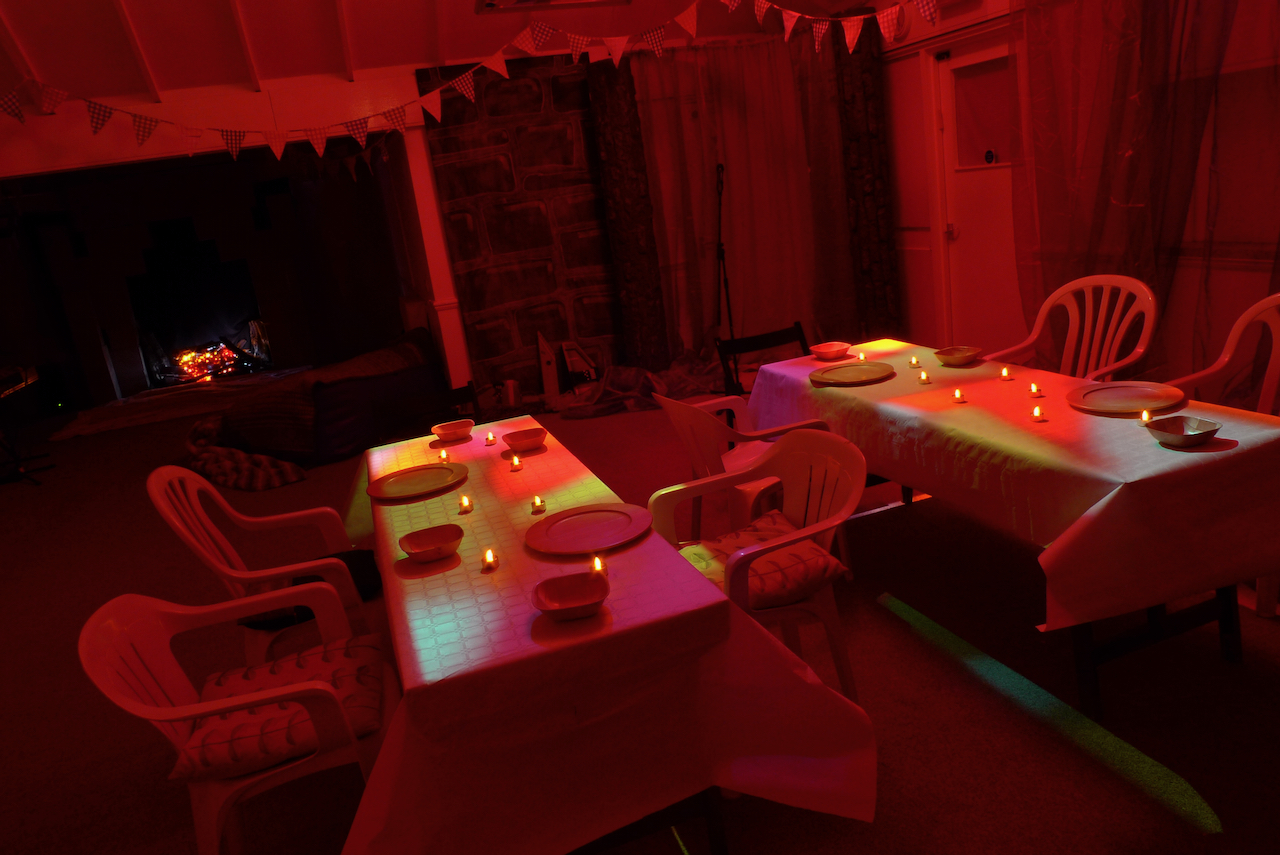
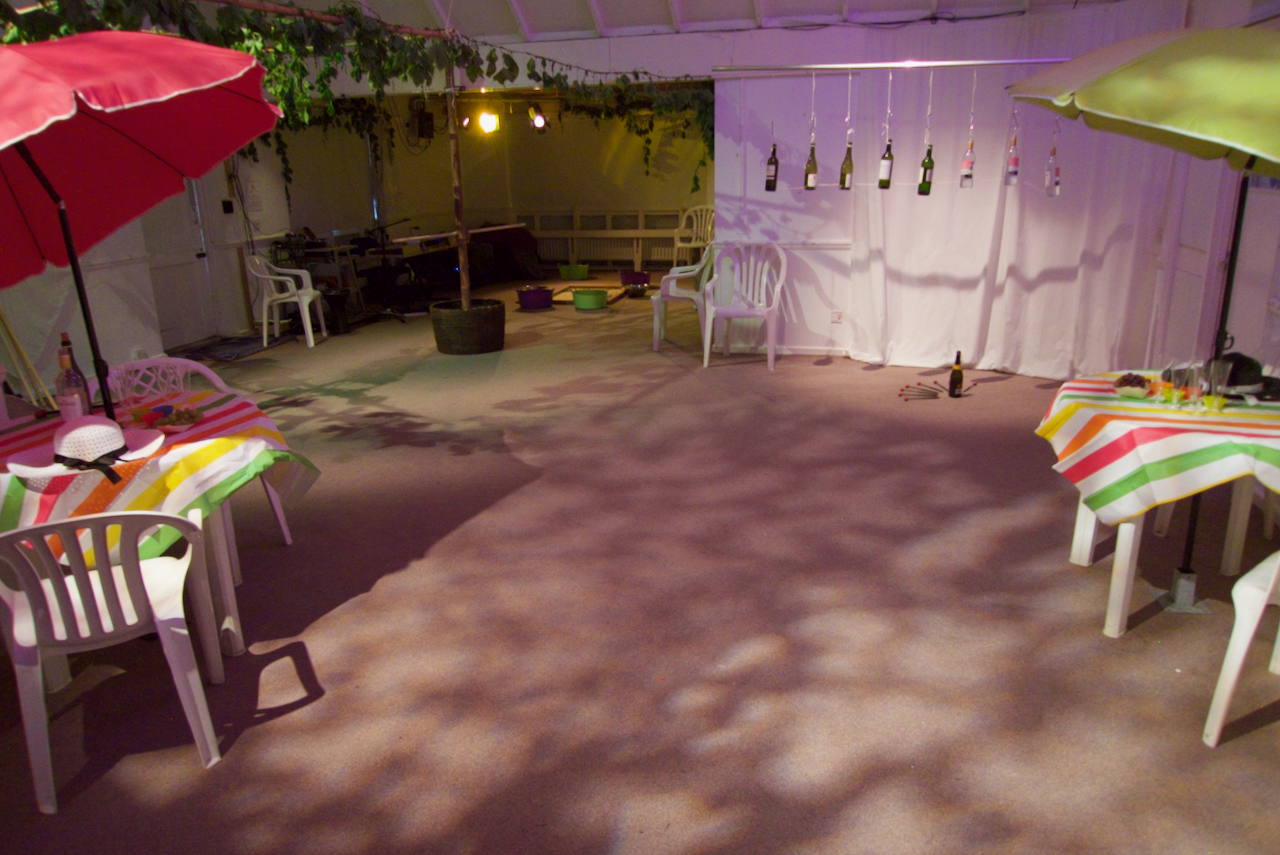
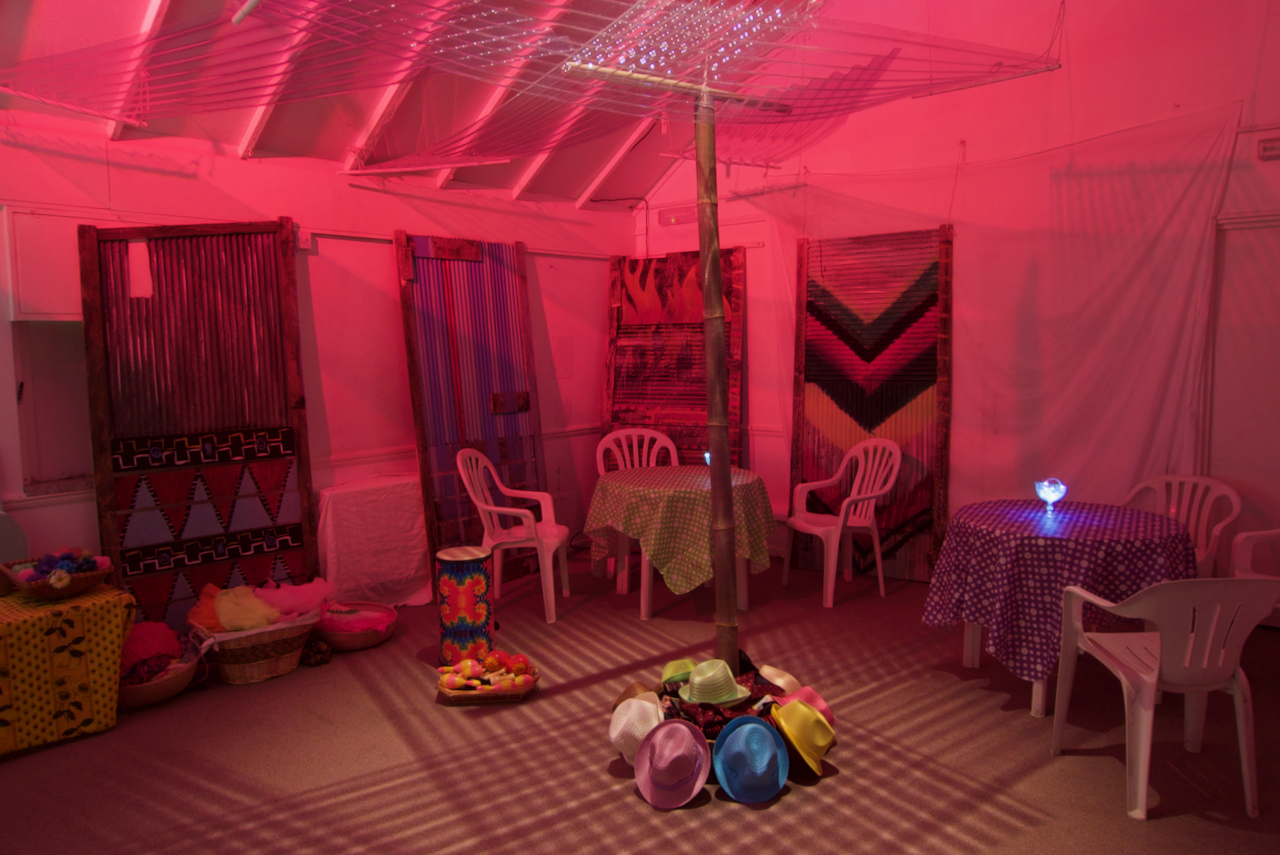
Setting the scene is very important. This can
be done with particular lighting - bright fluorescent, candlelit, subdued, or
coloured. Use furniture that goes with the theme, perhaps wooden tables and
chairs, picnic blankets or modular steel or plastic. If these are hard to find, cover what you
have with appropriate cloths
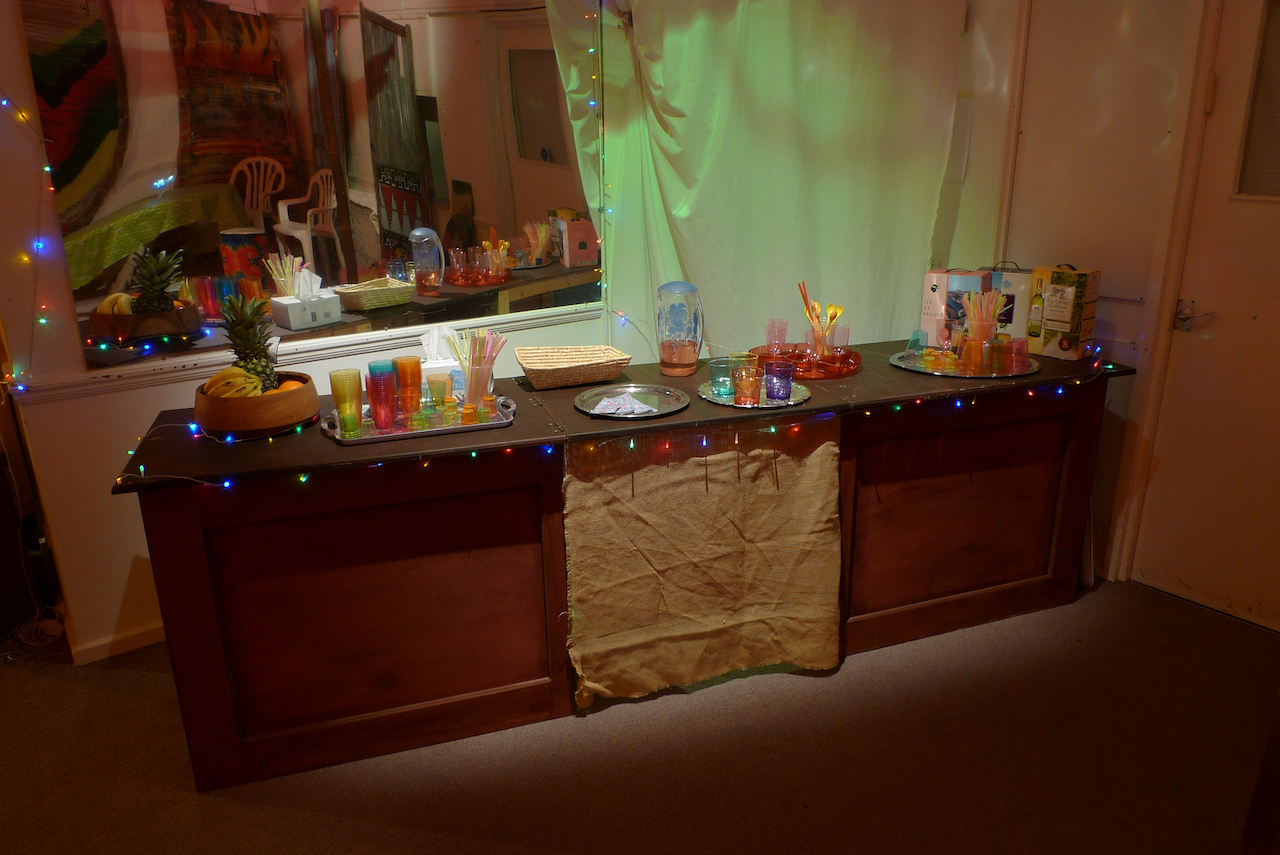
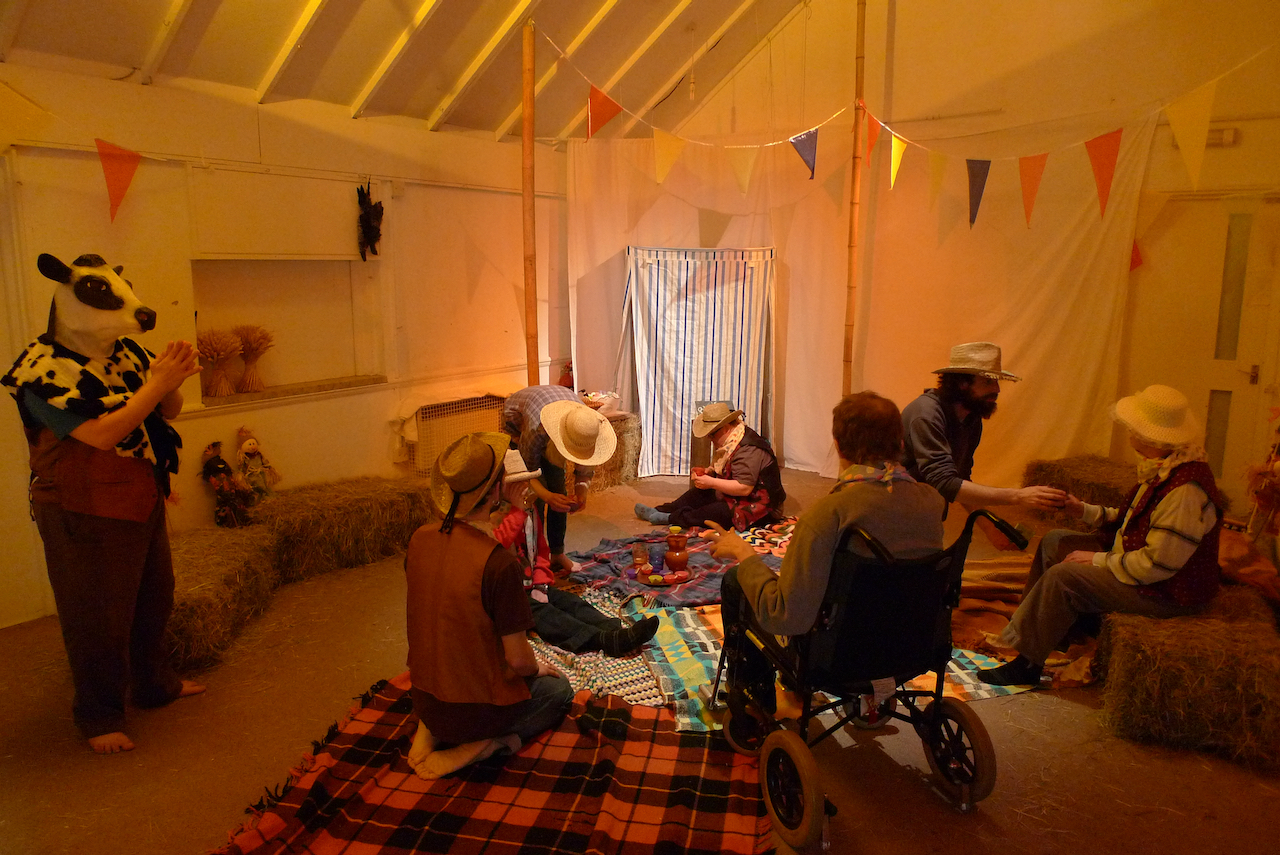
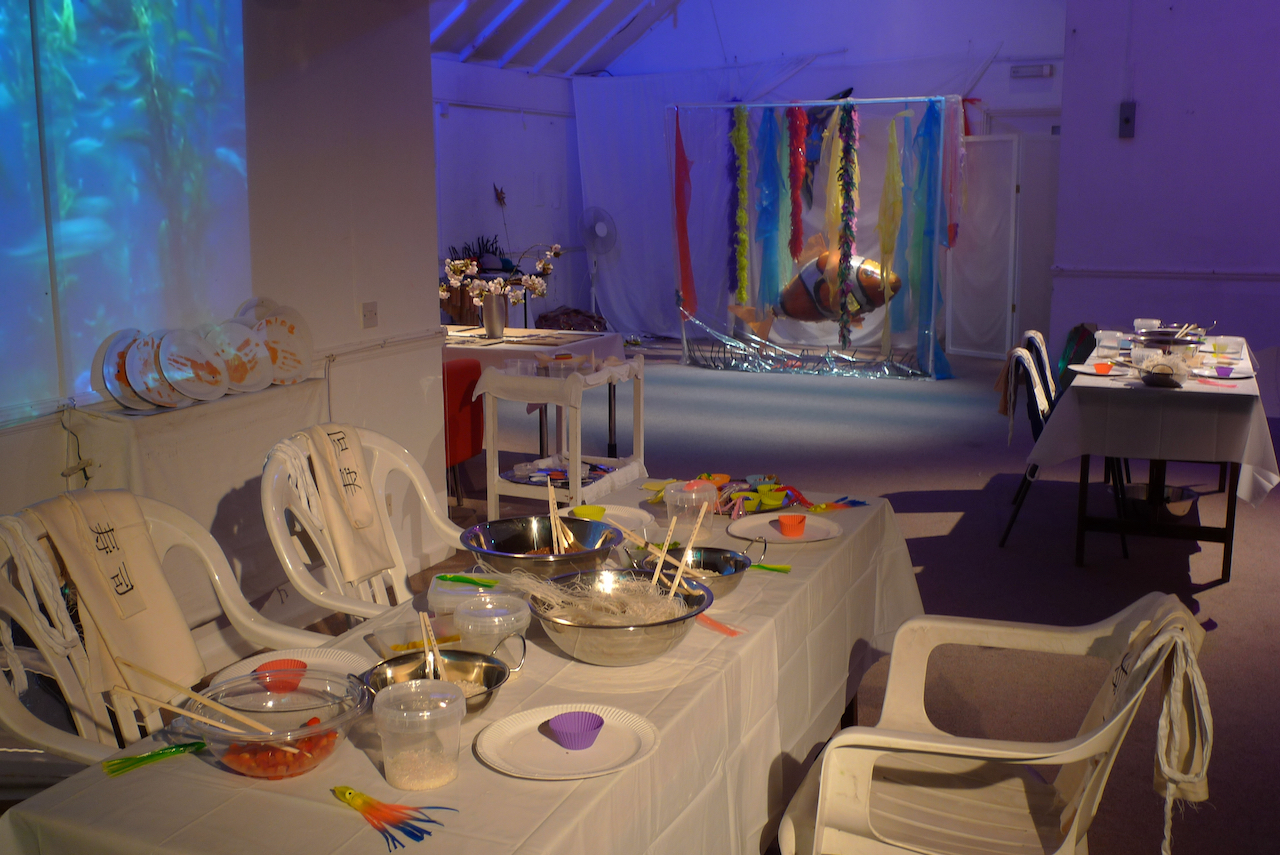
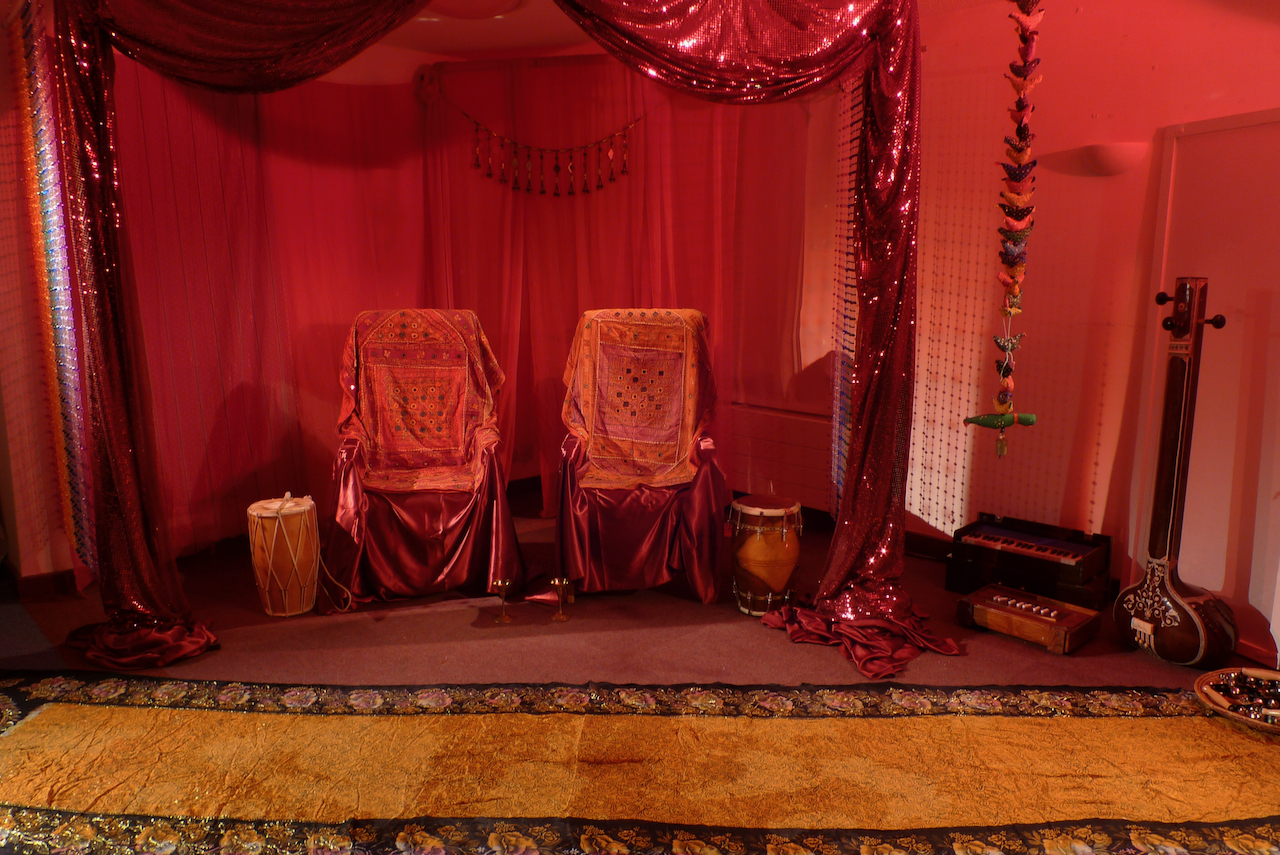
Using costume helps to give a 'look' to the
whole event and encourage individuals to feel part of a group.

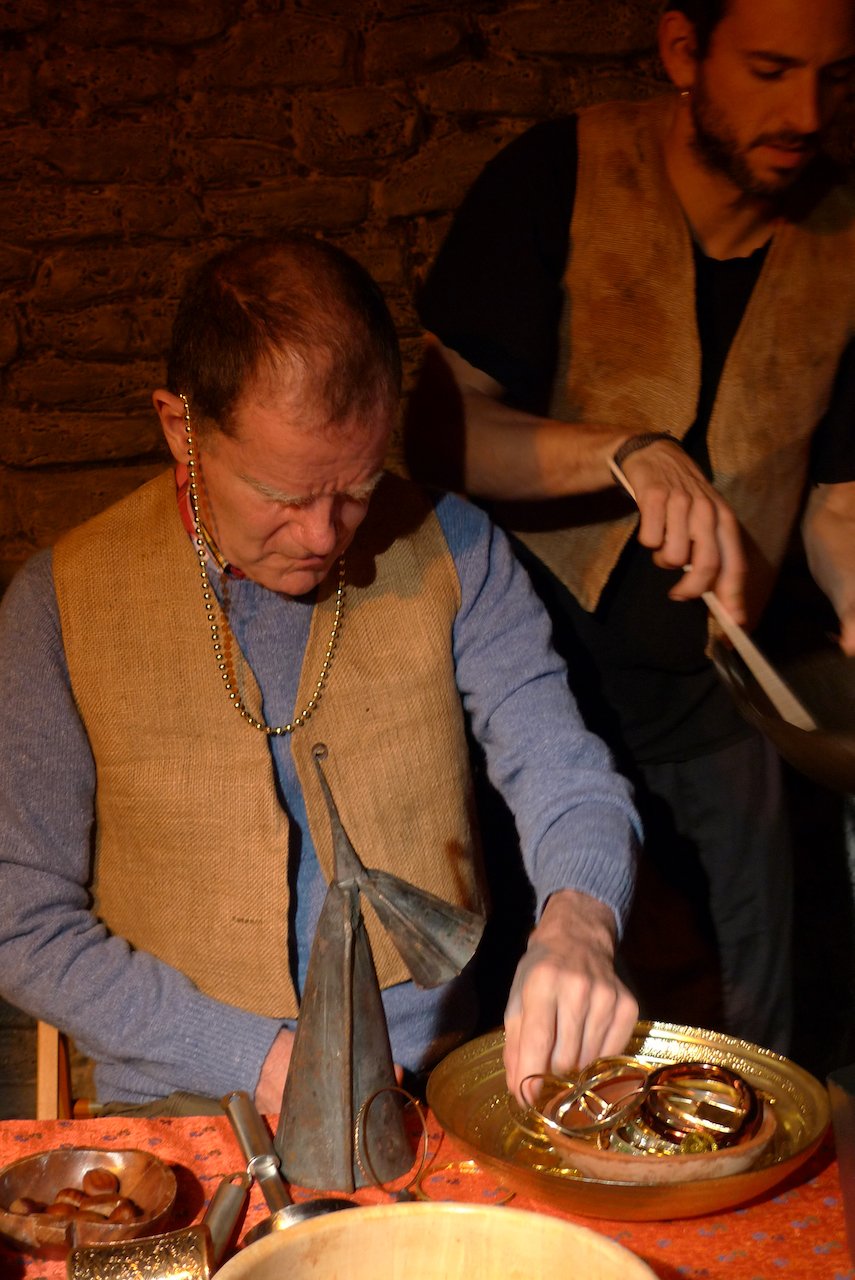

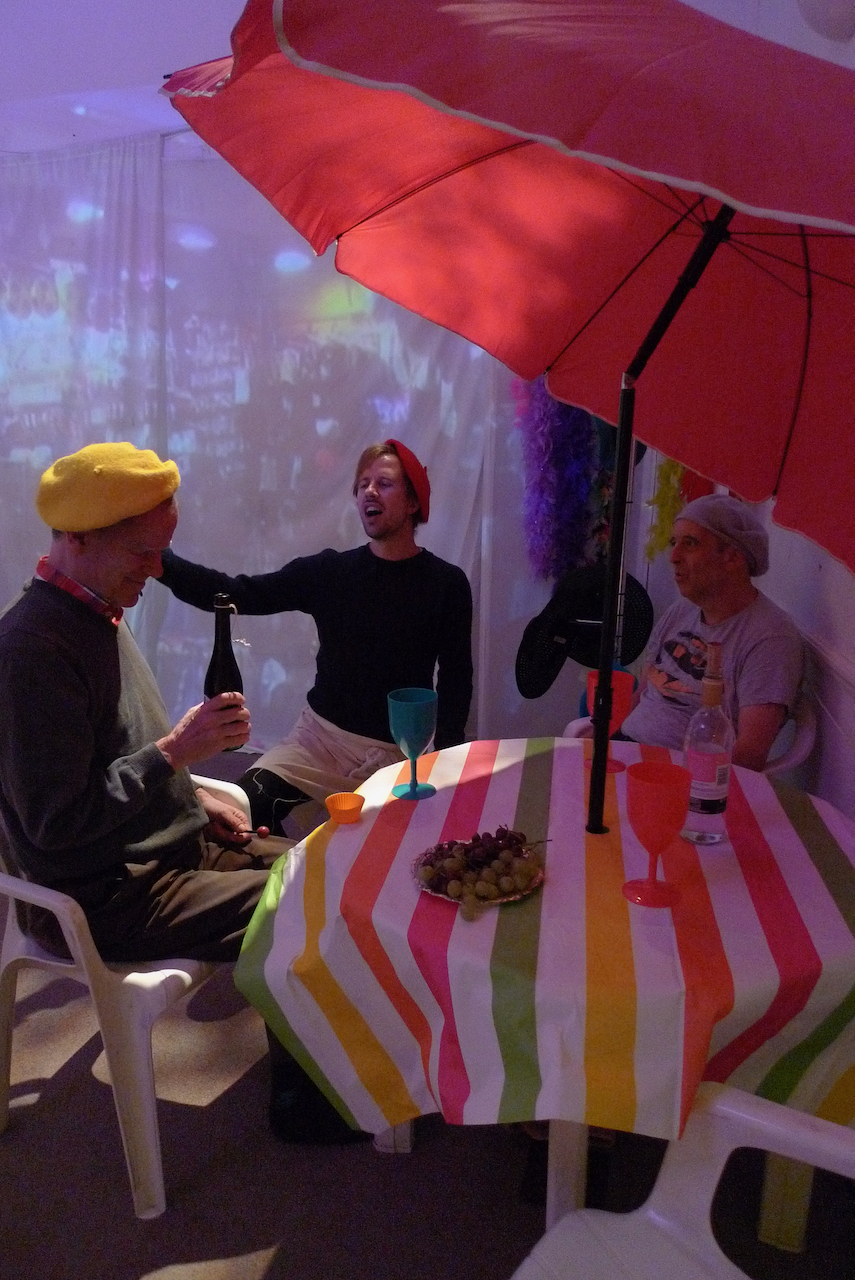
Props and utensils - again, relate these to
the setting you are trying to create. Wooden utensils and wood or iron pans,
bowls and containers will give a very different experience to shiny silver
bowls and chopsticks

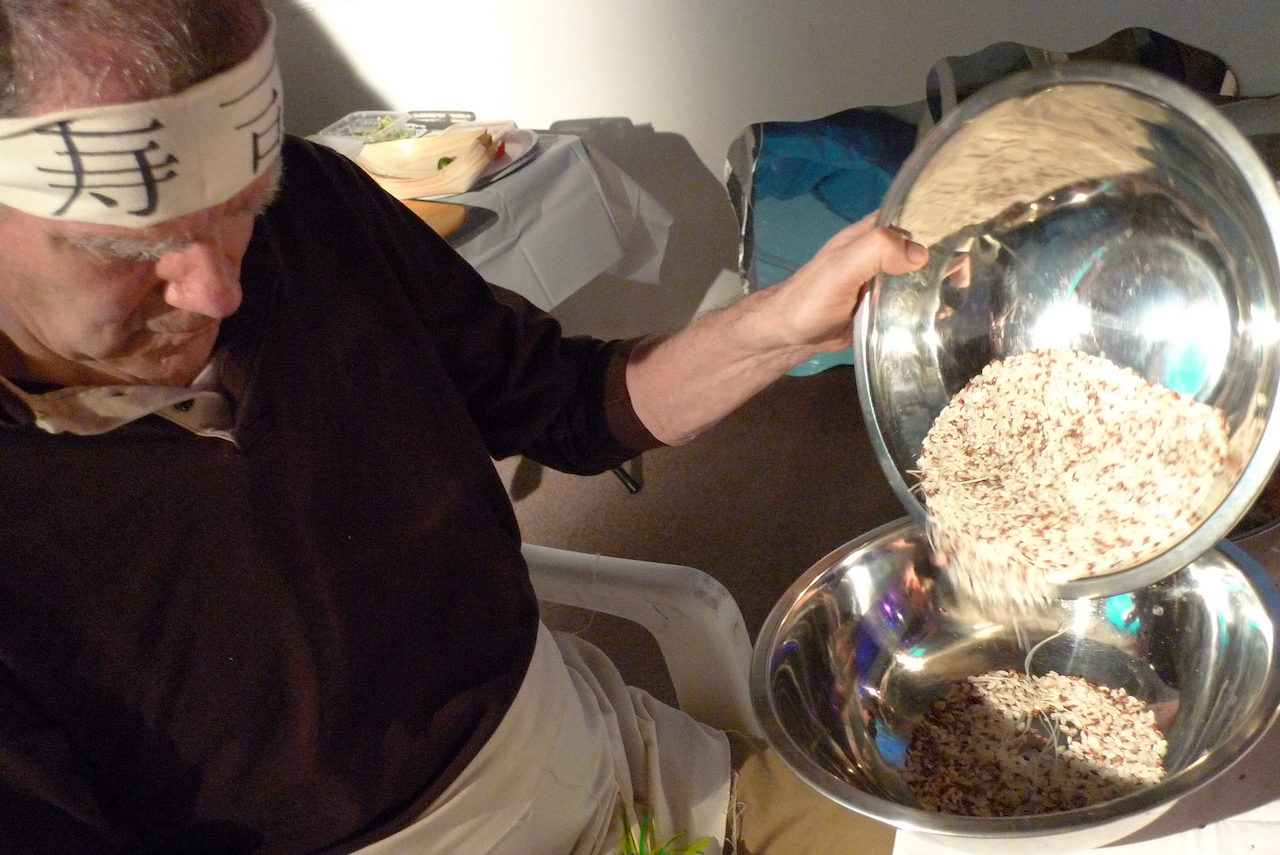
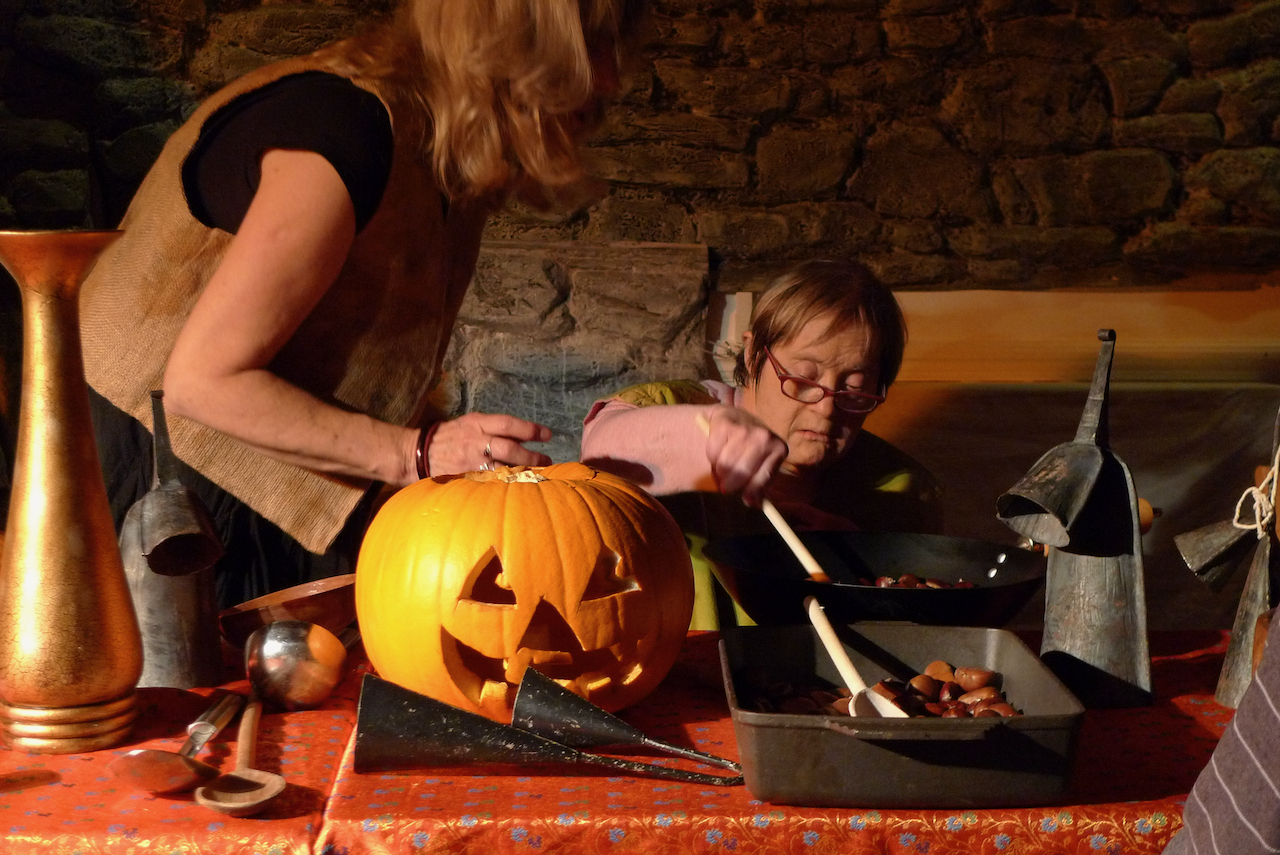
Include as many different shapes, sizes and textures as possible to give a wide range of options for pouring, rolling, stacking and making sounds. Paper plates could be decorated by clients with paint or stickers.
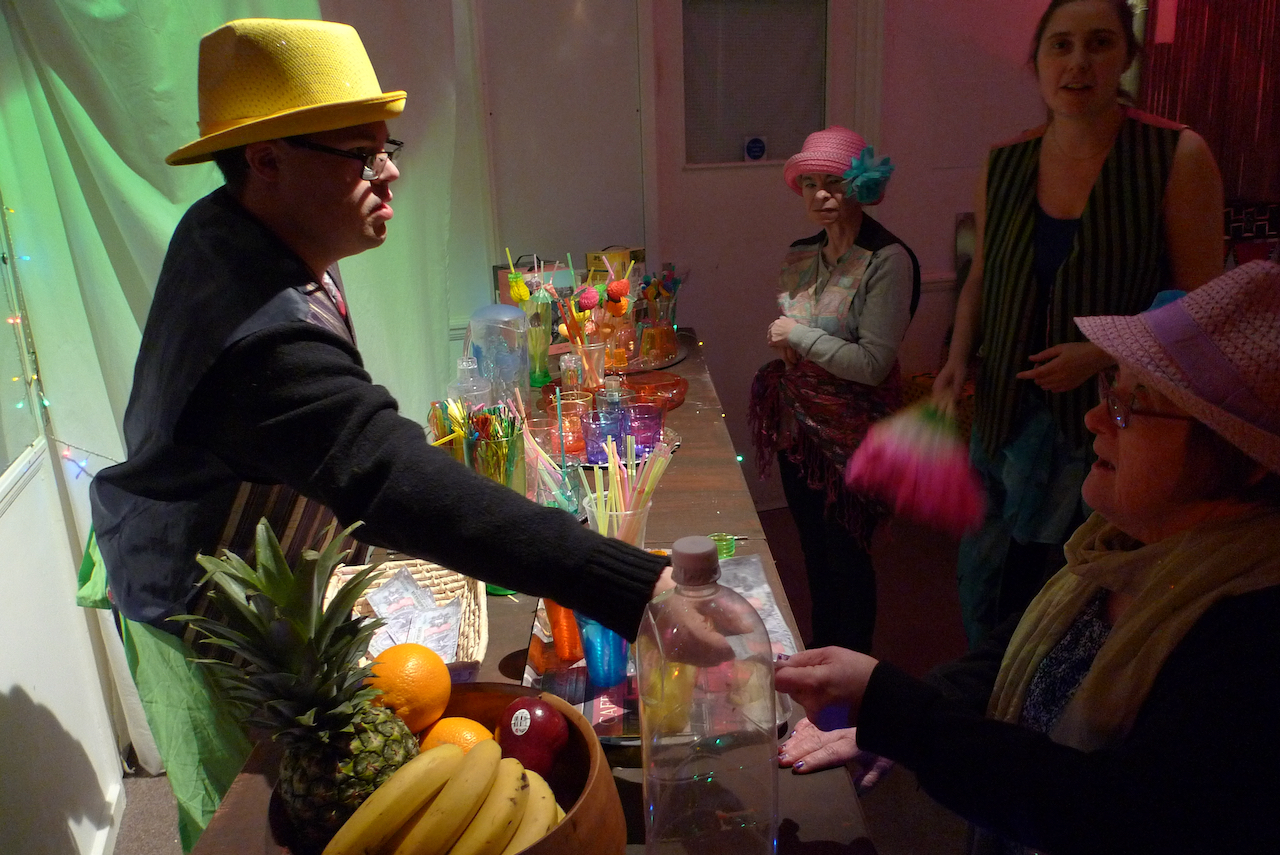
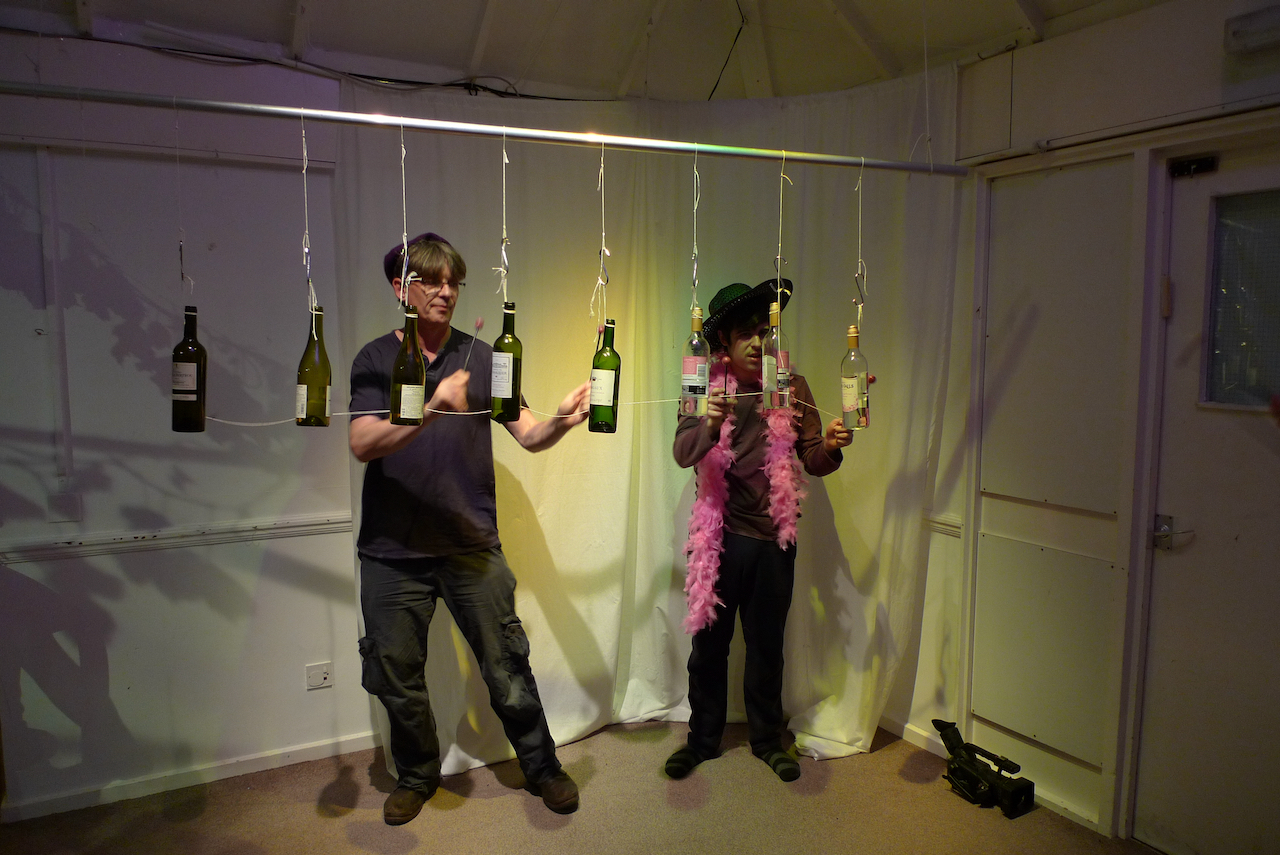
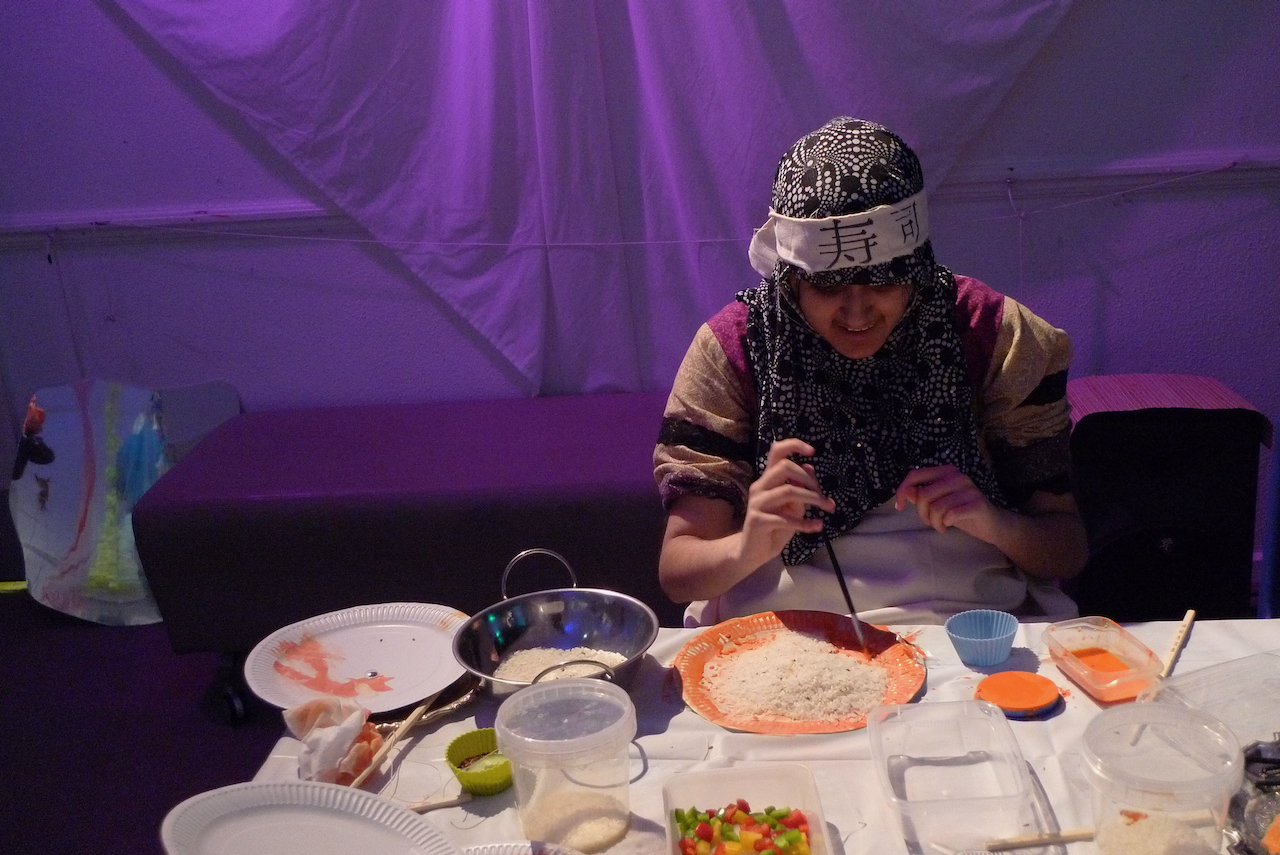
Relate the 'consumables' to the environment
you are creating. This will give many options for experiencing a variety of
tastes, textures and sound possibilities i.e. chestnuts and pumpkins, rice and
noodles, cheese and French bread, all offer different tastes, ways of pouring,
making sounds, rolling around in containers.

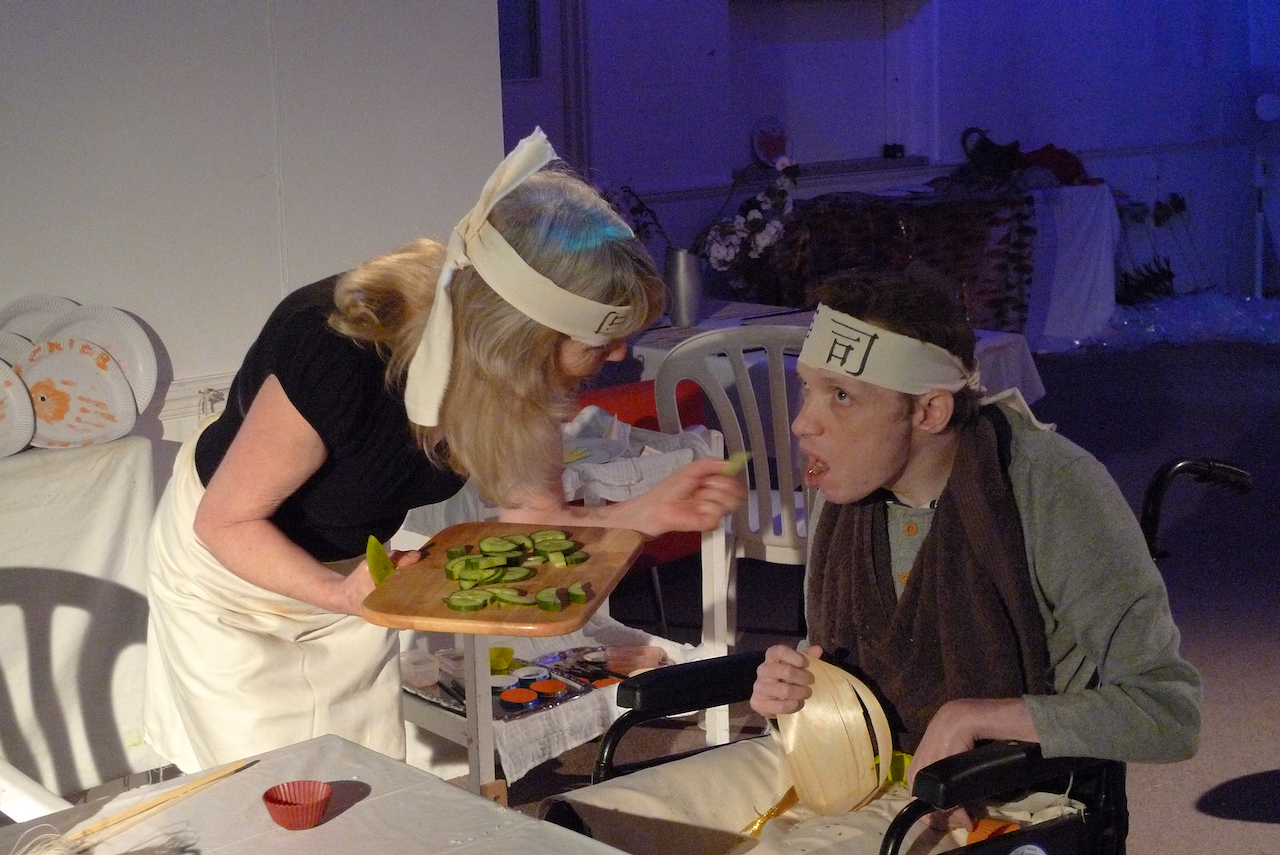
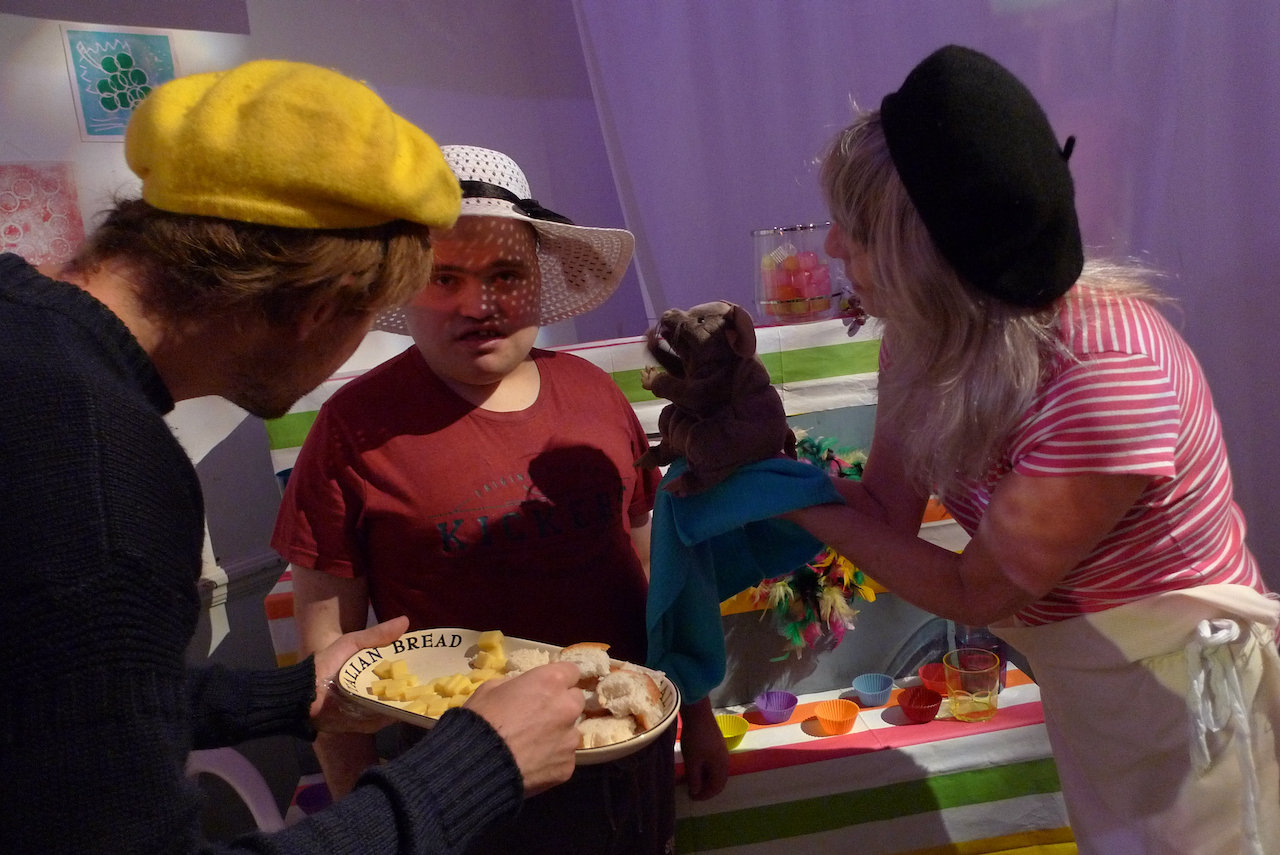
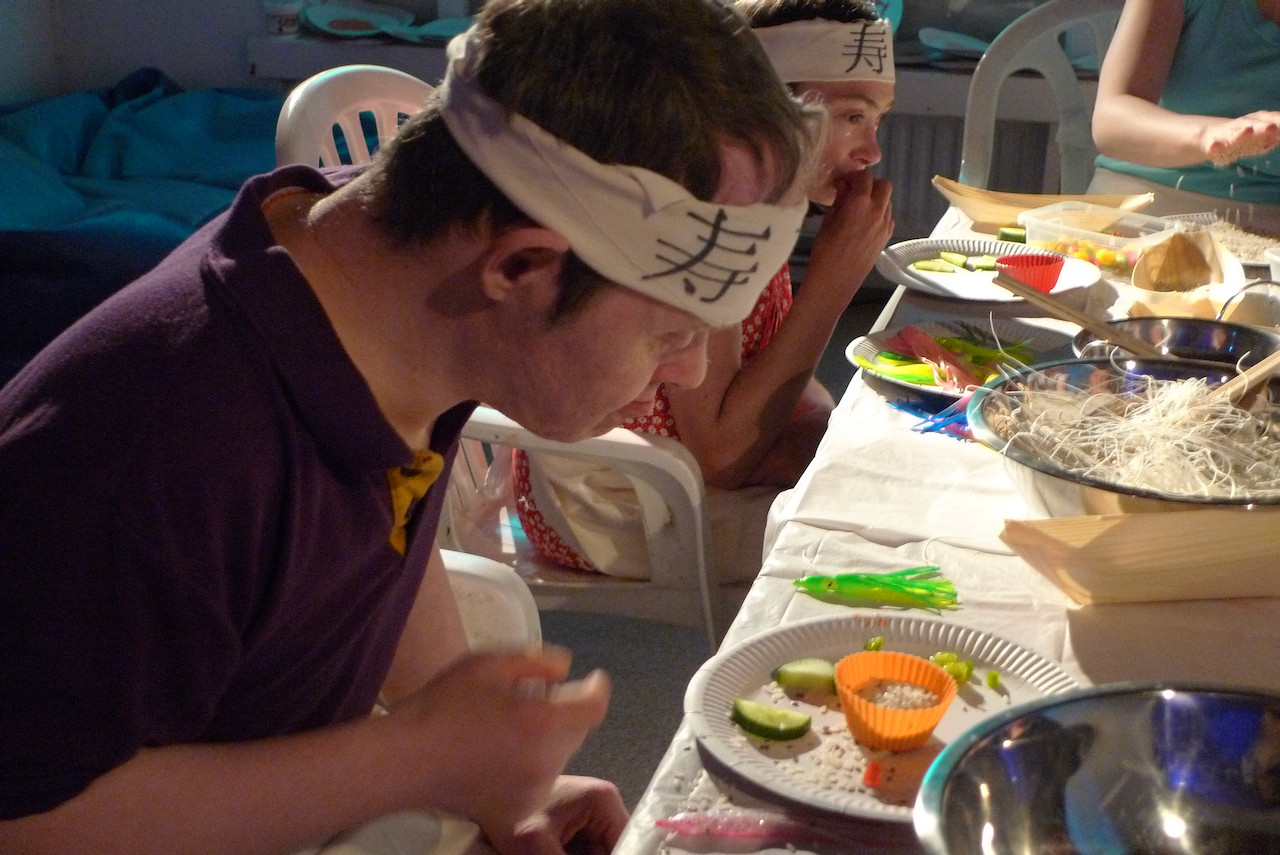
Characters can be used to help sustain the
atmosphere of the 'feast' - a king/queen to head the table, waiters to serve or
a puppet (appropriate to the theme) to engage with individuals and introduce an
element of fun (or danger!)
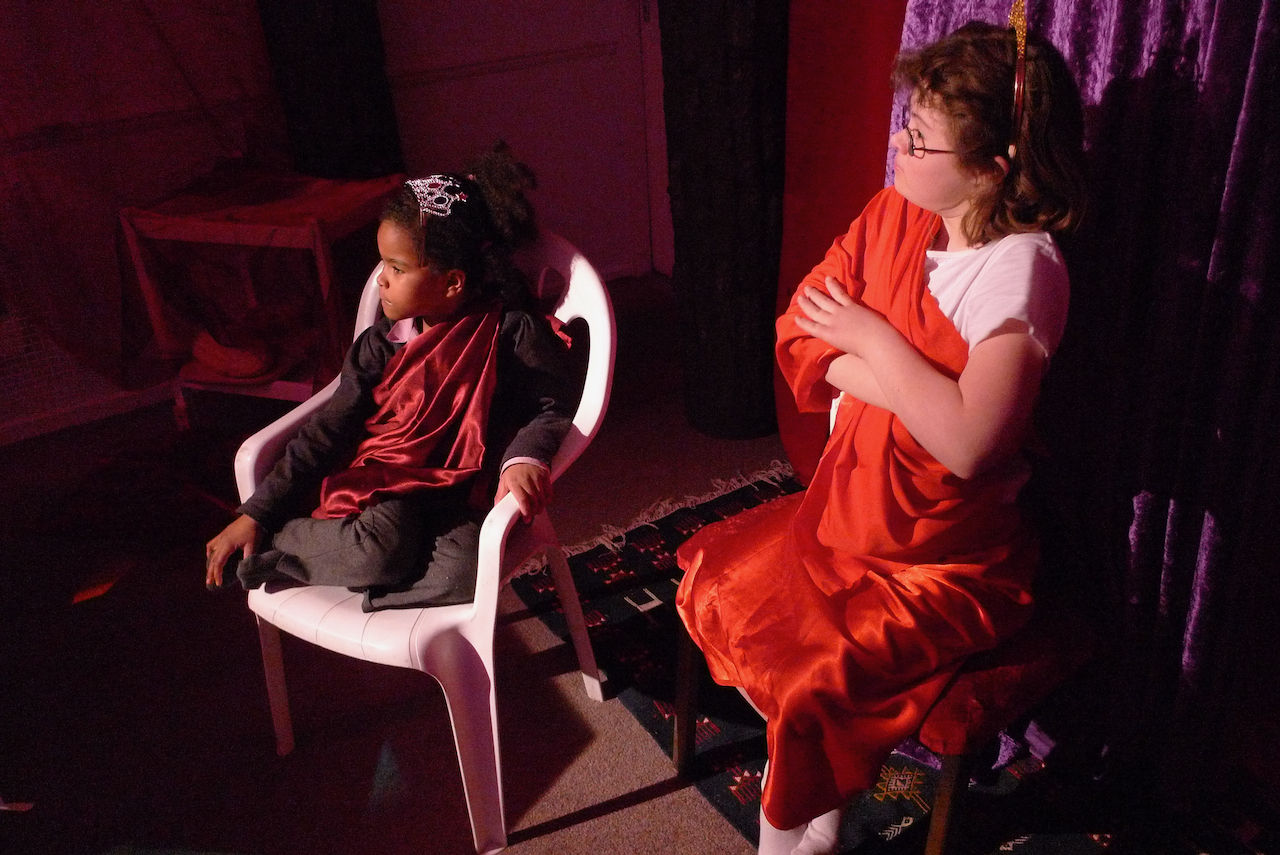
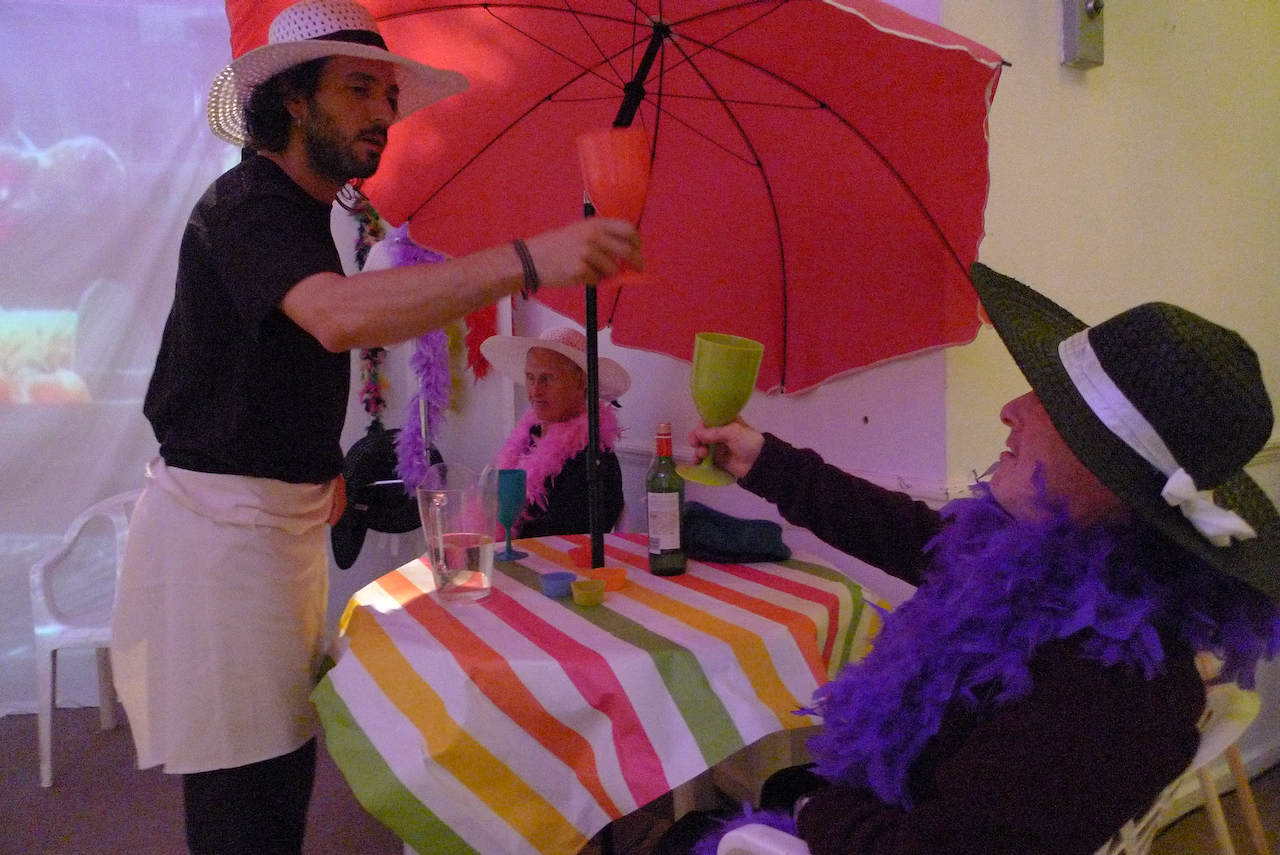

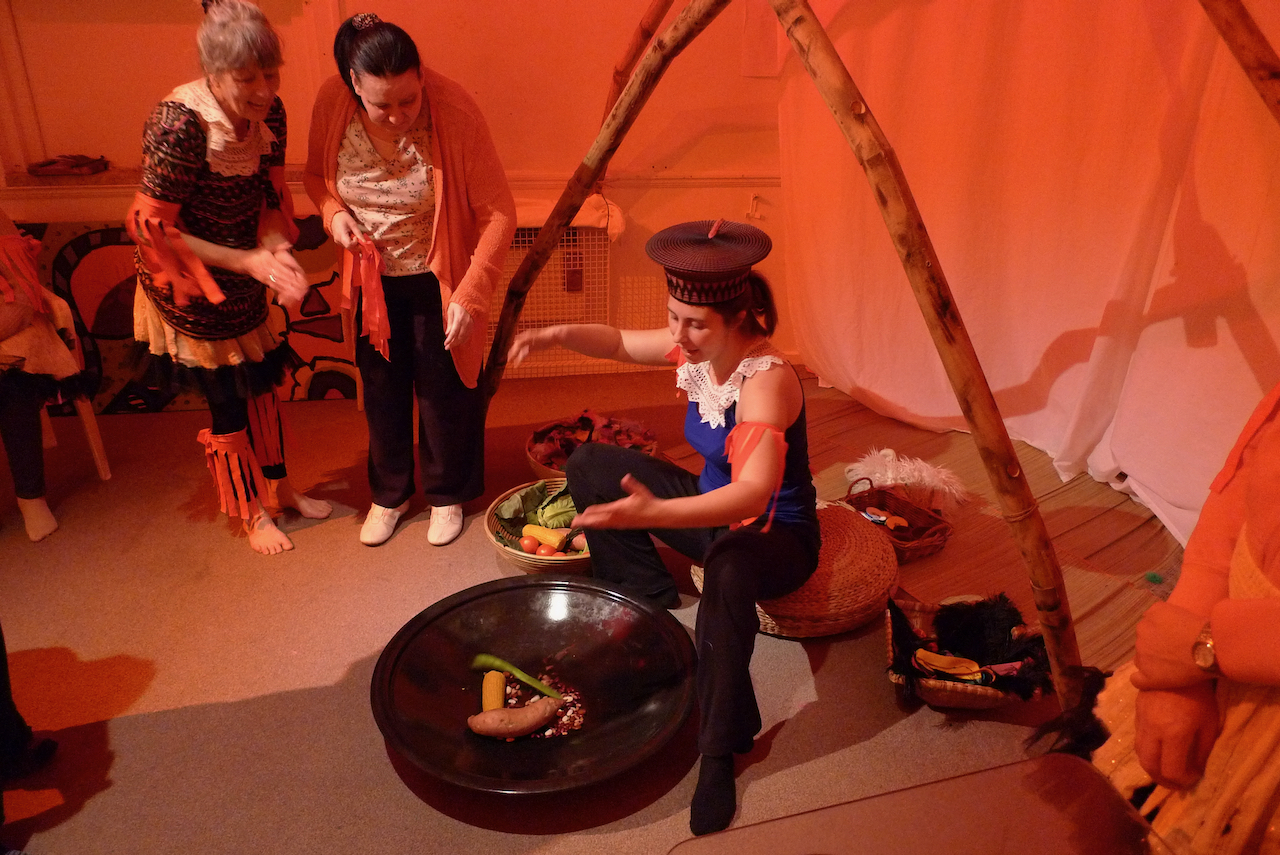
An upbeat rhythmic section supported by music
and instruments which complement the theme and represent the era and country in
which the feast takes place, will encourage dancing and movement.
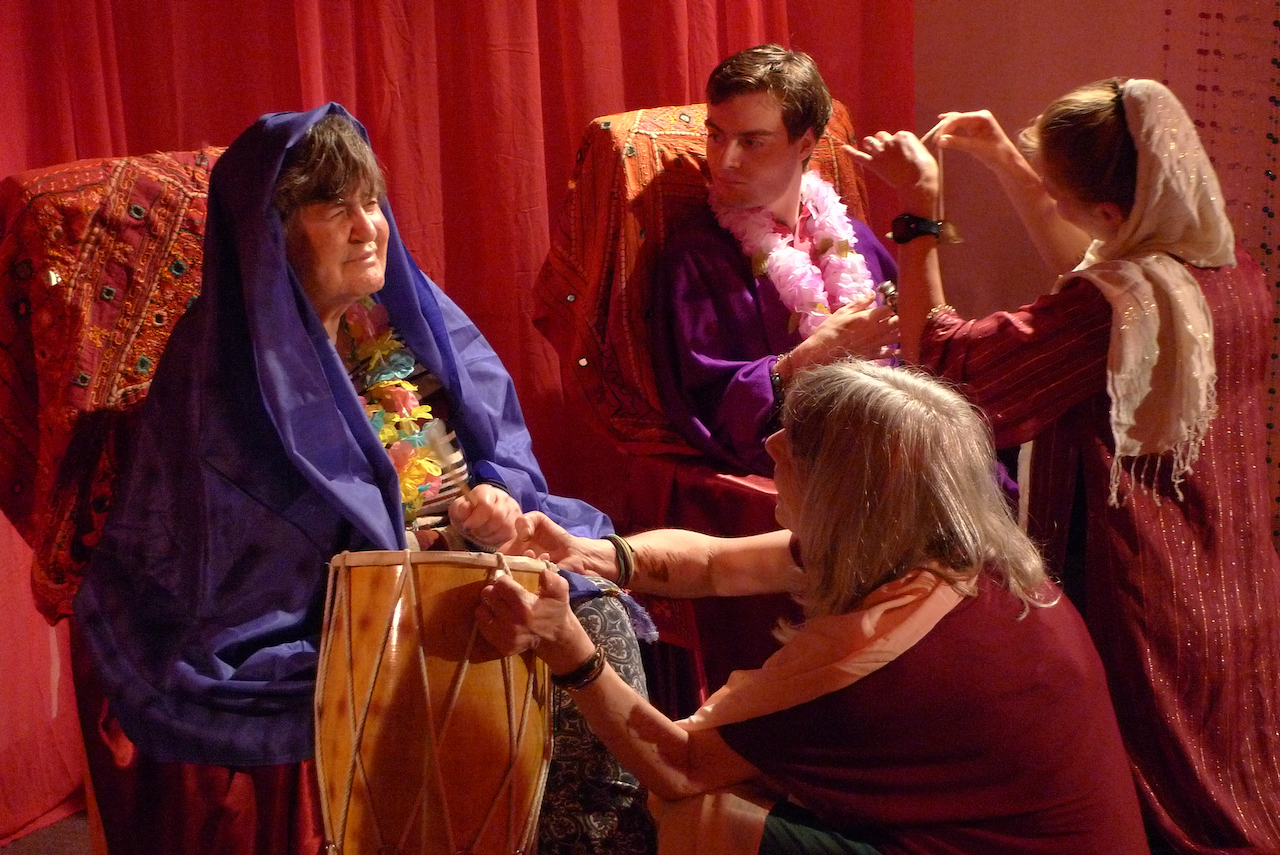
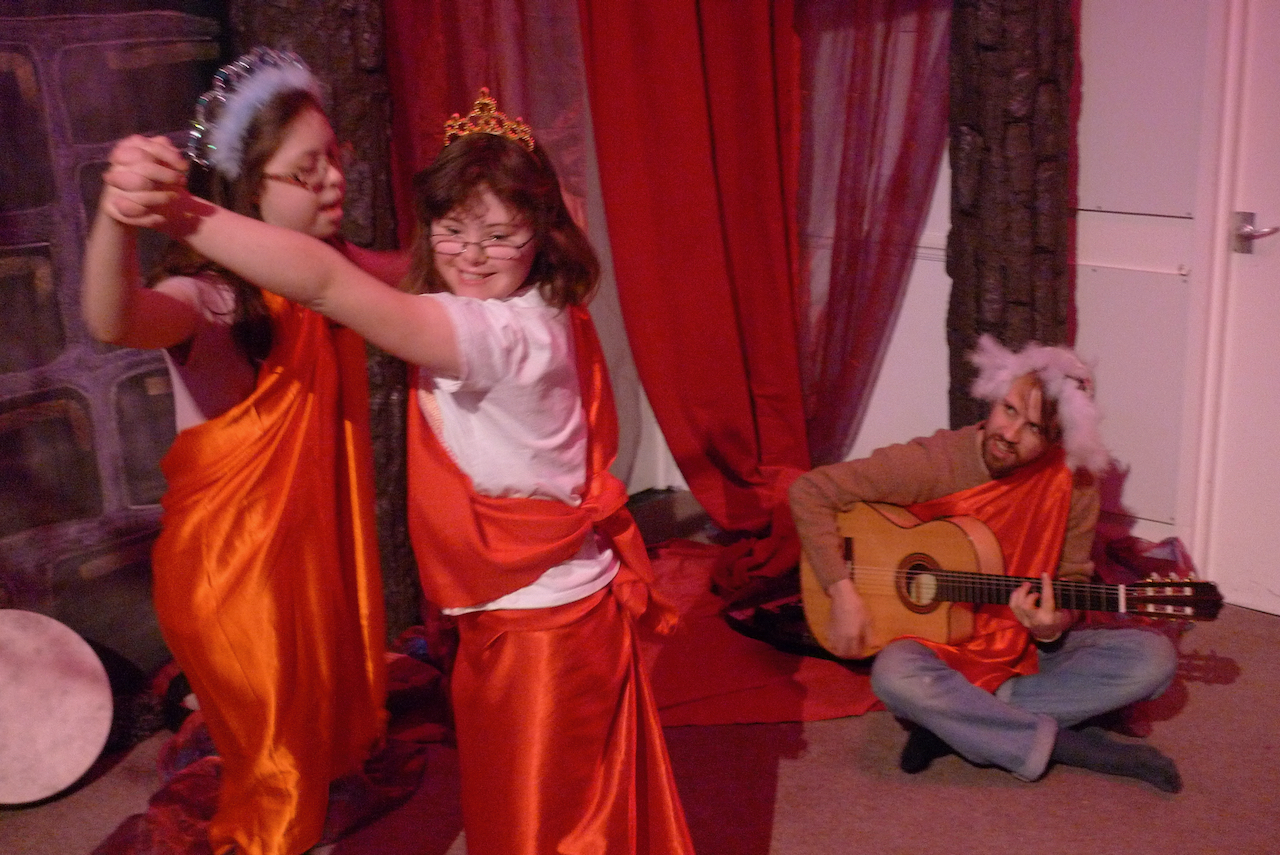
As always costume enhances this experience and encourages a freedom which often induces song and dance that is surprising among usually shy participants.
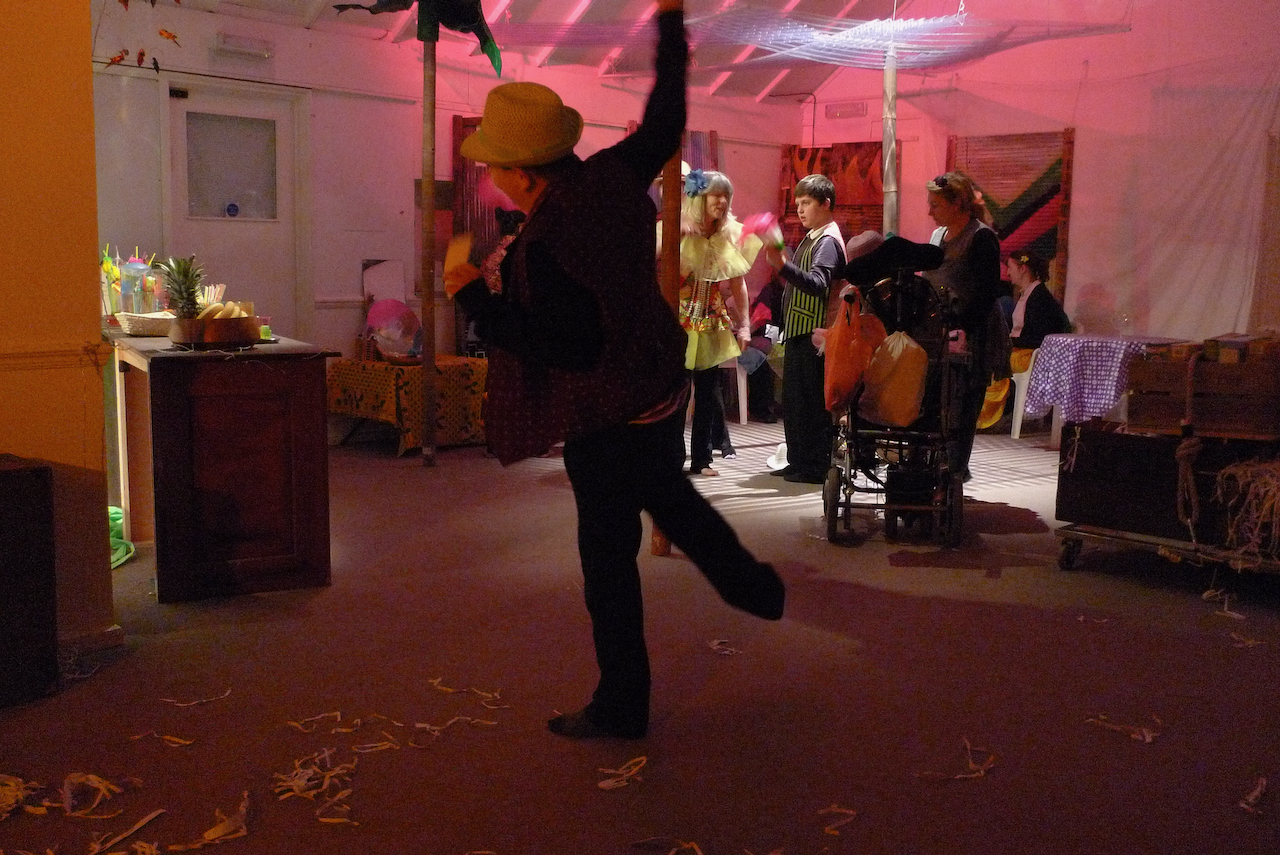
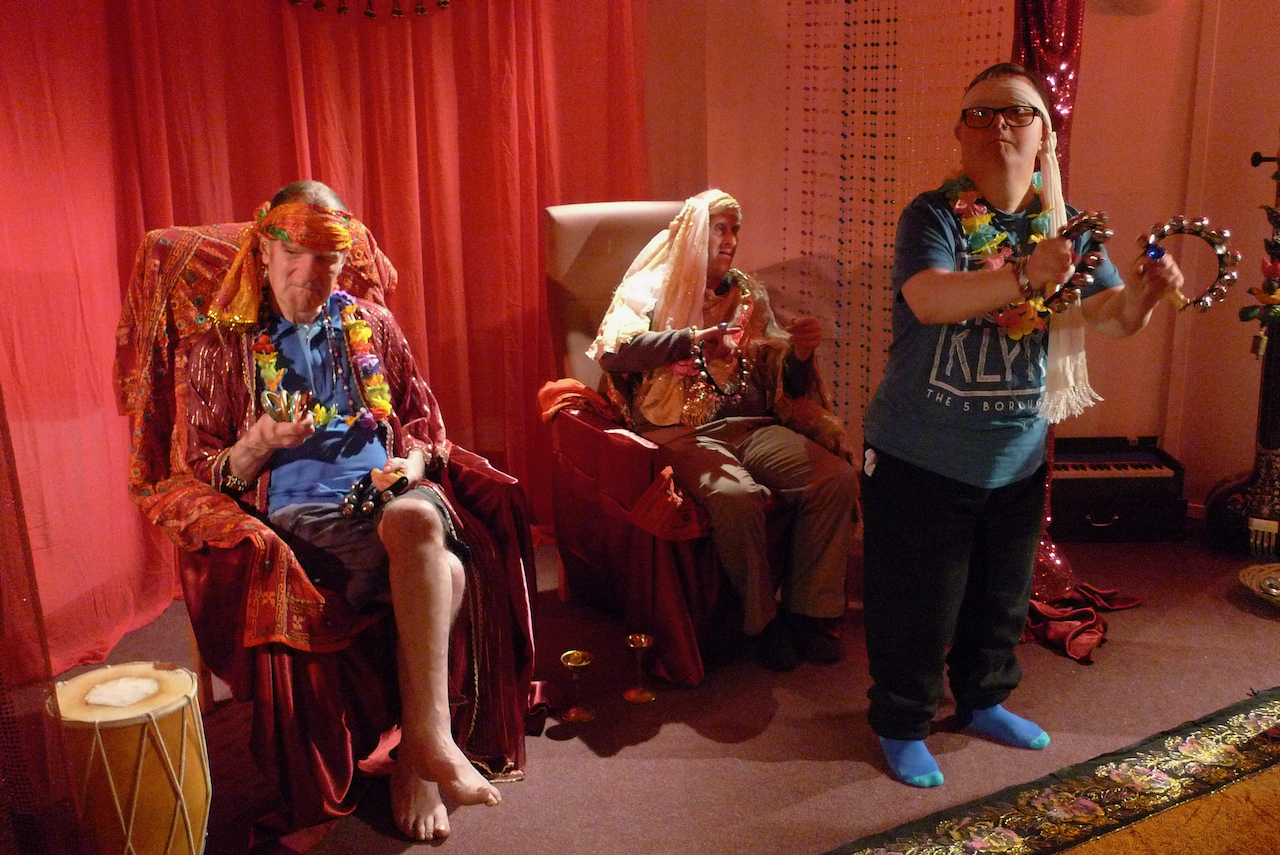
Our cherished support workers can also lose their inhibitions and immerse themselves in the moment. In this way we are all equal in our enjoyment of the 'celebration.
